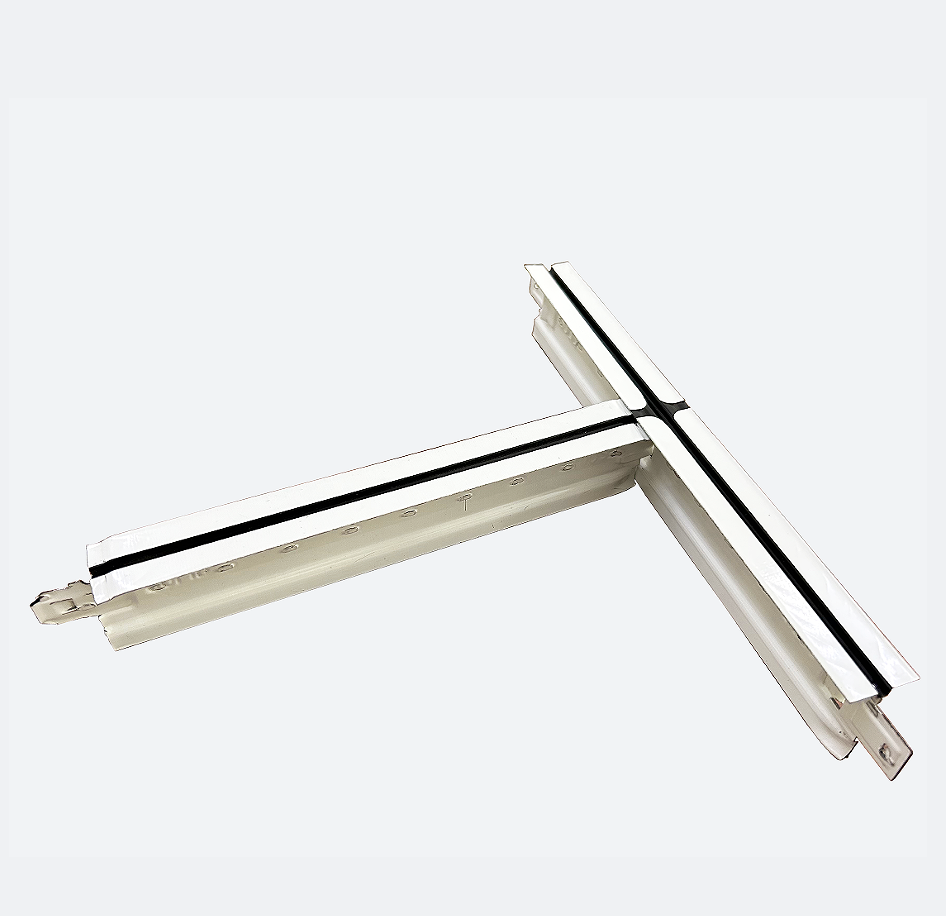
Roof Tile Production Line A Key Component in Construction
The roof tile production line plays a vital role in the construction industry, contributing significantly to the housing and building sector. As urbanization continues to grow globally, the demand for high-quality roofing materials has surged, making the efficiency and technology behind roof tile production essential.
A typical roof tile production line comprises several stages, each designed to ensure the output of durable and aesthetically pleasing tiles
. The process begins with the selection of raw materials, predominantly clay, concrete, or a mix of both. These materials are chosen for their strength, durability, and weather resistance, which are crucial for the longevity of roof tiles.Once the raw materials are gathered, they undergo a preparation phase. This stage often involves crushing and milling the raw materials to achieve the desired consistency and texture. The mixture is then blended uniformly to ensure that every tile produced has the same quality and characteristics. Automation in this phase is increasingly common, as it enhances efficiency and reduces human error.
Following preparation, the mixture is shaped into tiles using molds. This can be done through various methods, including extrusion or pressing. The choice of method often depends on the type of tile being produced. For instance, interlocking tiles may require a different mold design compared to flat tiles. The shaping process is crucial, as it directly affects the appearance and fit of the tiles once applied to a roof.

After shaping, the tiles must be dried to remove excess moisture. This phase is critical as it prevents defects during the firing process. The drying process can be natural or accelerated using drying machines, depending on the scale of production and specific requirements.
Once dried, the tiles are subjected to high temperatures in a kiln. Firing is a vital step, as it ensures that the tiles achieve their final strength and durability. The temperature and duration of firing are meticulously controlled to produce tiles that can withstand various environmental conditions.
Upon completion of firing, the tiles are cooled, inspected, and sorted. Quality control is essential at this stage to ensure that only tiles that meet the industry standards are packaged and shipped. Defective tiles are either recycled into the production line or discarded.
Lastly, the finished roof tiles are packaged and prepared for distribution. An efficient roof tile production line not only focuses on the quality of the tiles but also on sustainable practices. Many manufacturers are adopting eco-friendly processes, such as recycling excess materials and reducing energy consumption during production.
In conclusion, the roof tile production line is a complex but essential aspect of the construction industry. By harnessing technology and innovative practices, manufacturers can meet the growing demand for quality roof tiles, ensuring that structures are not only functional but also visually appealing. With continued advancements in the production process, the future of roofing materials looks promising, paving the way for sustainable construction practices.